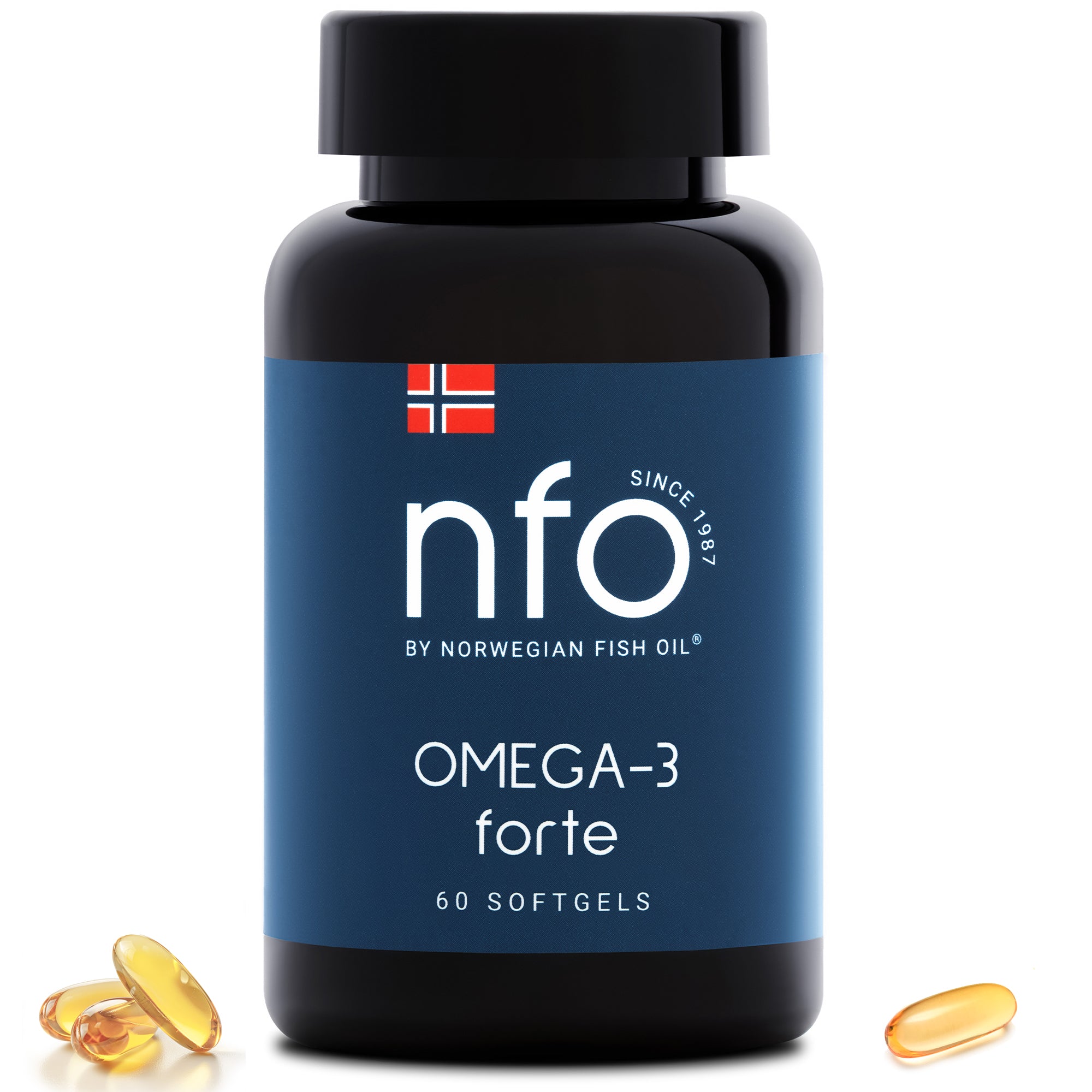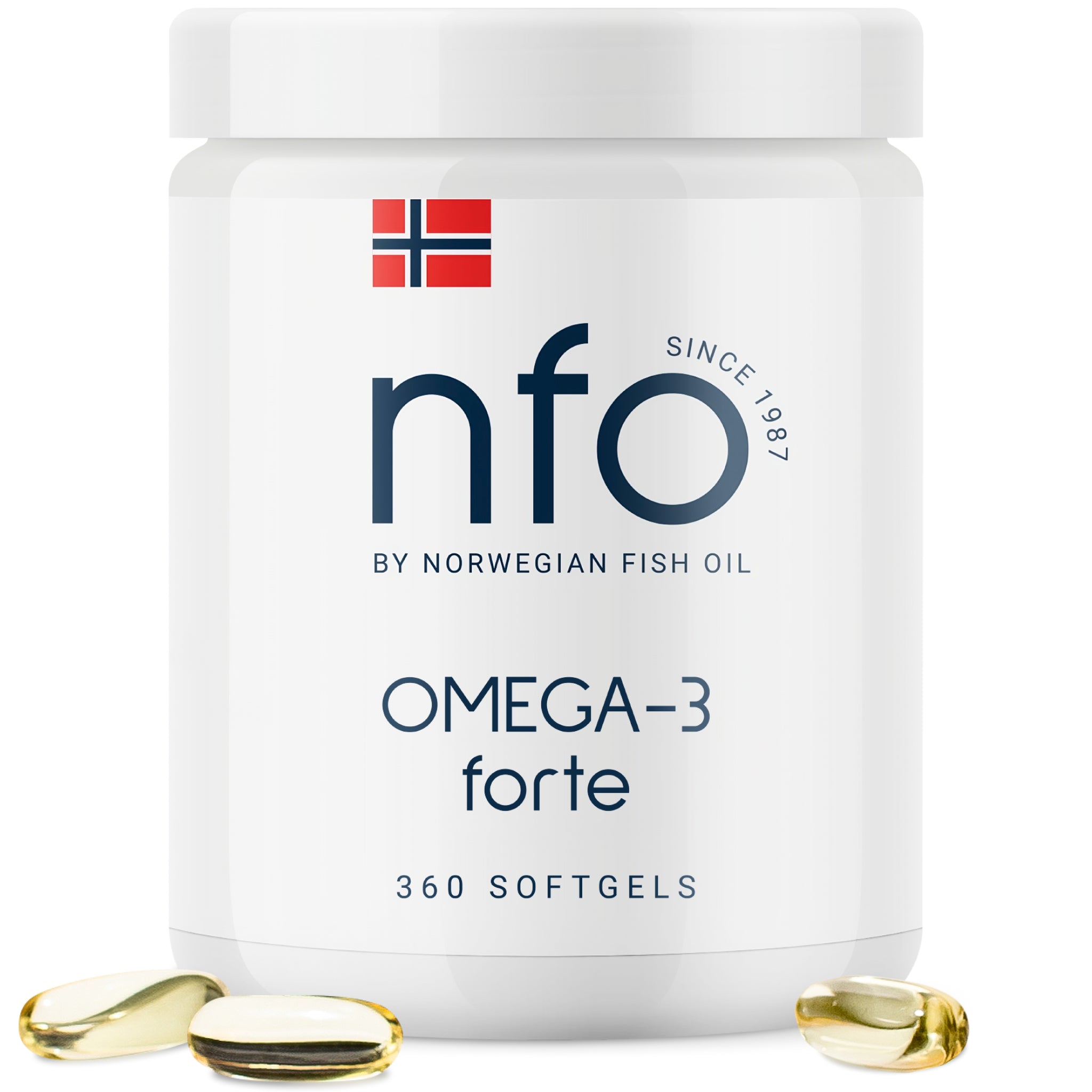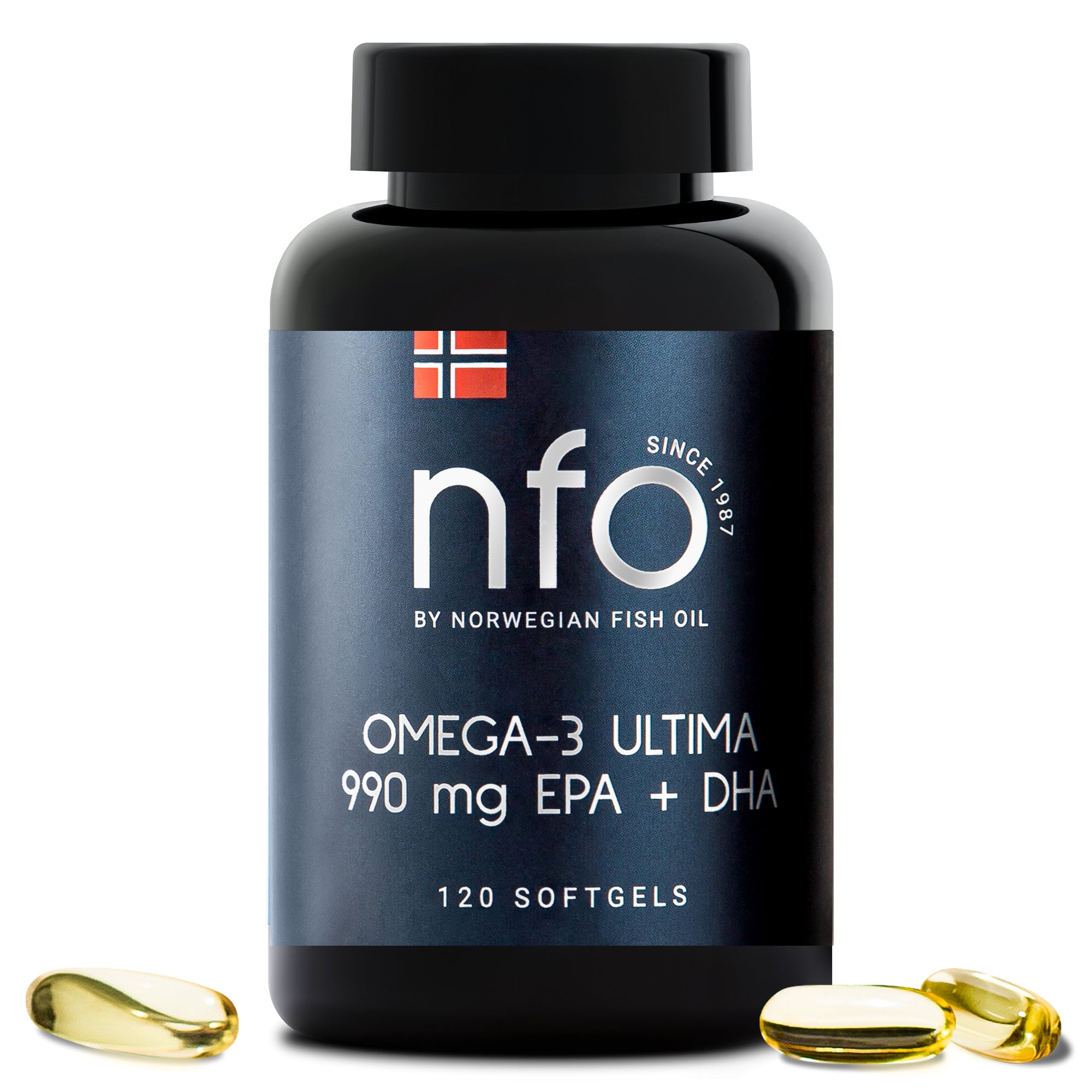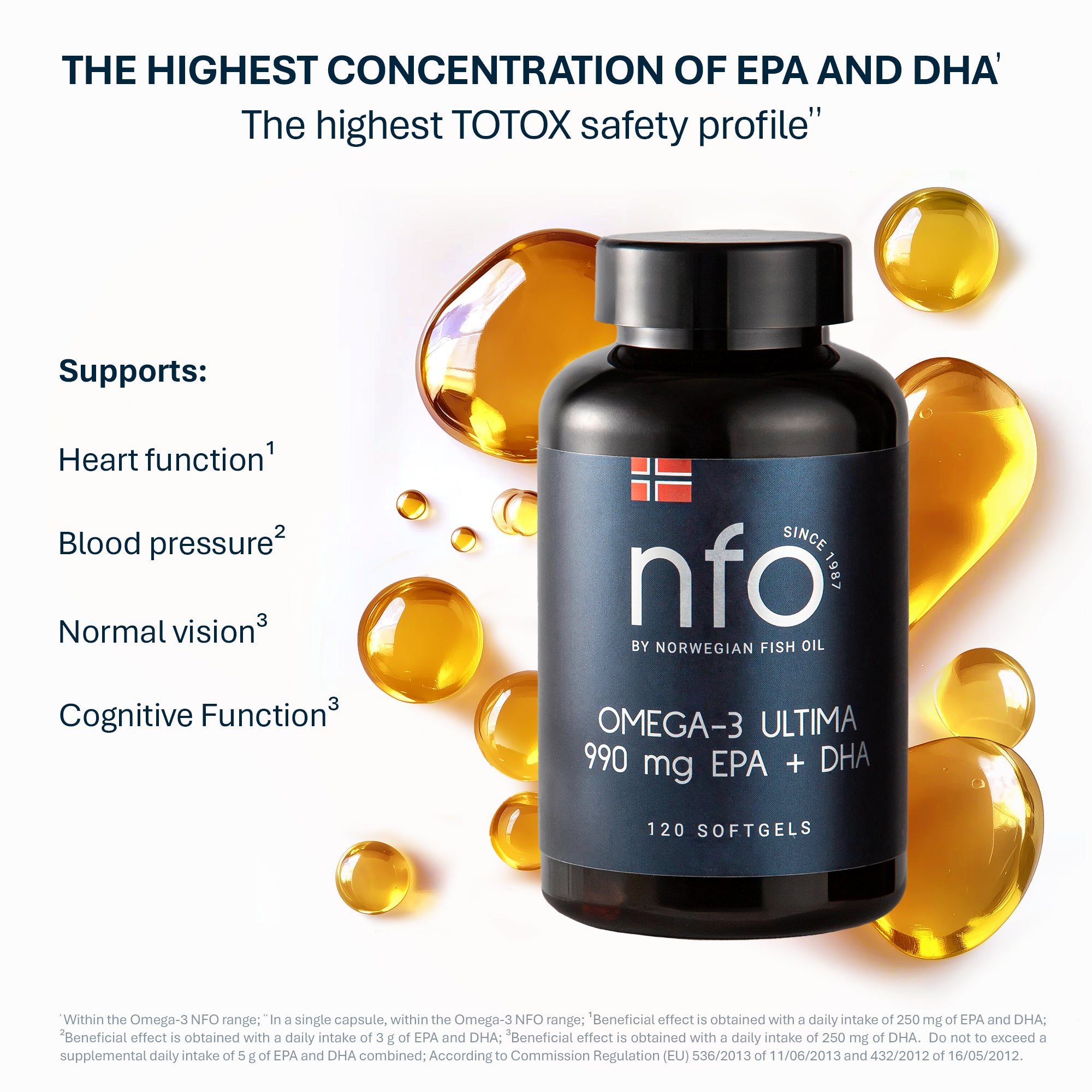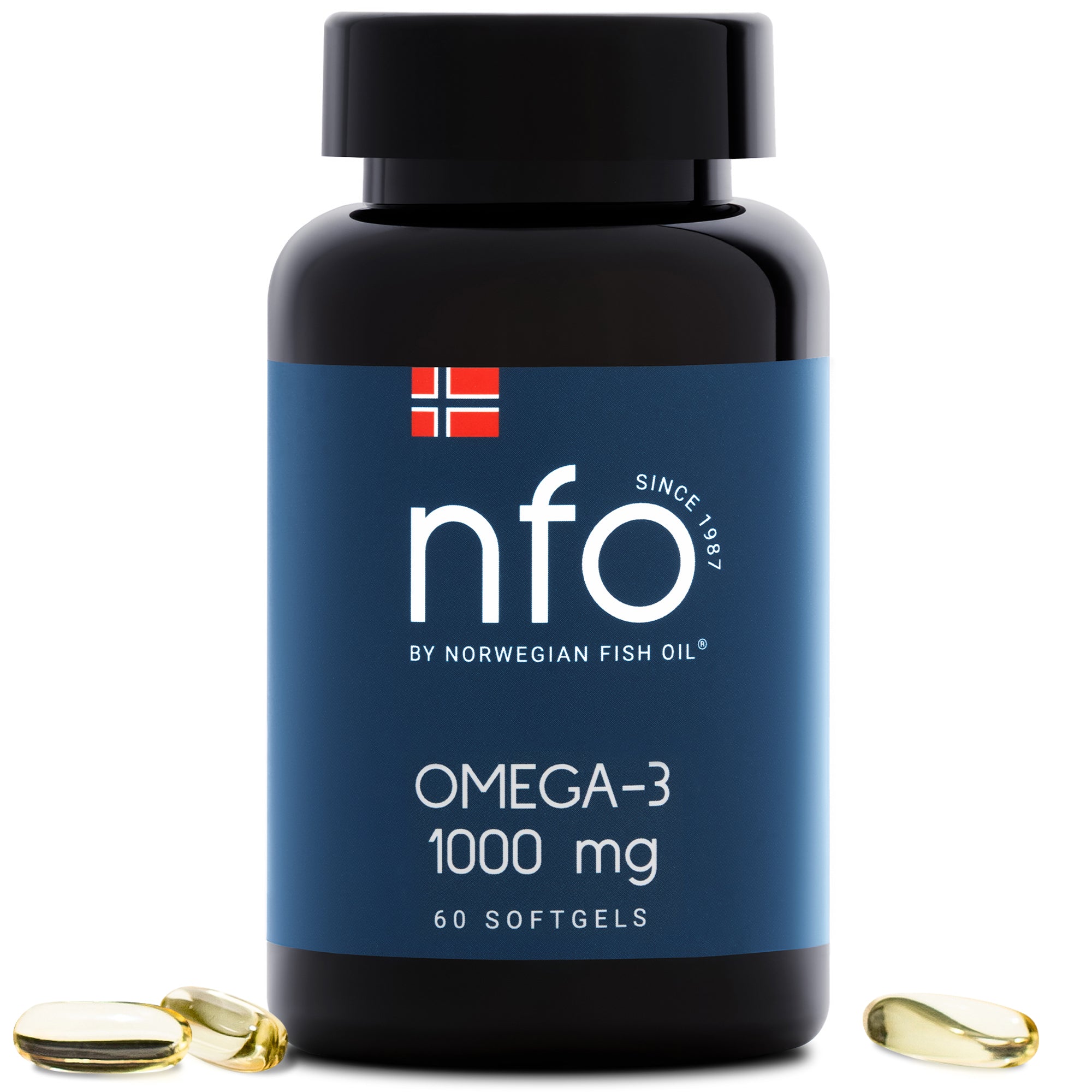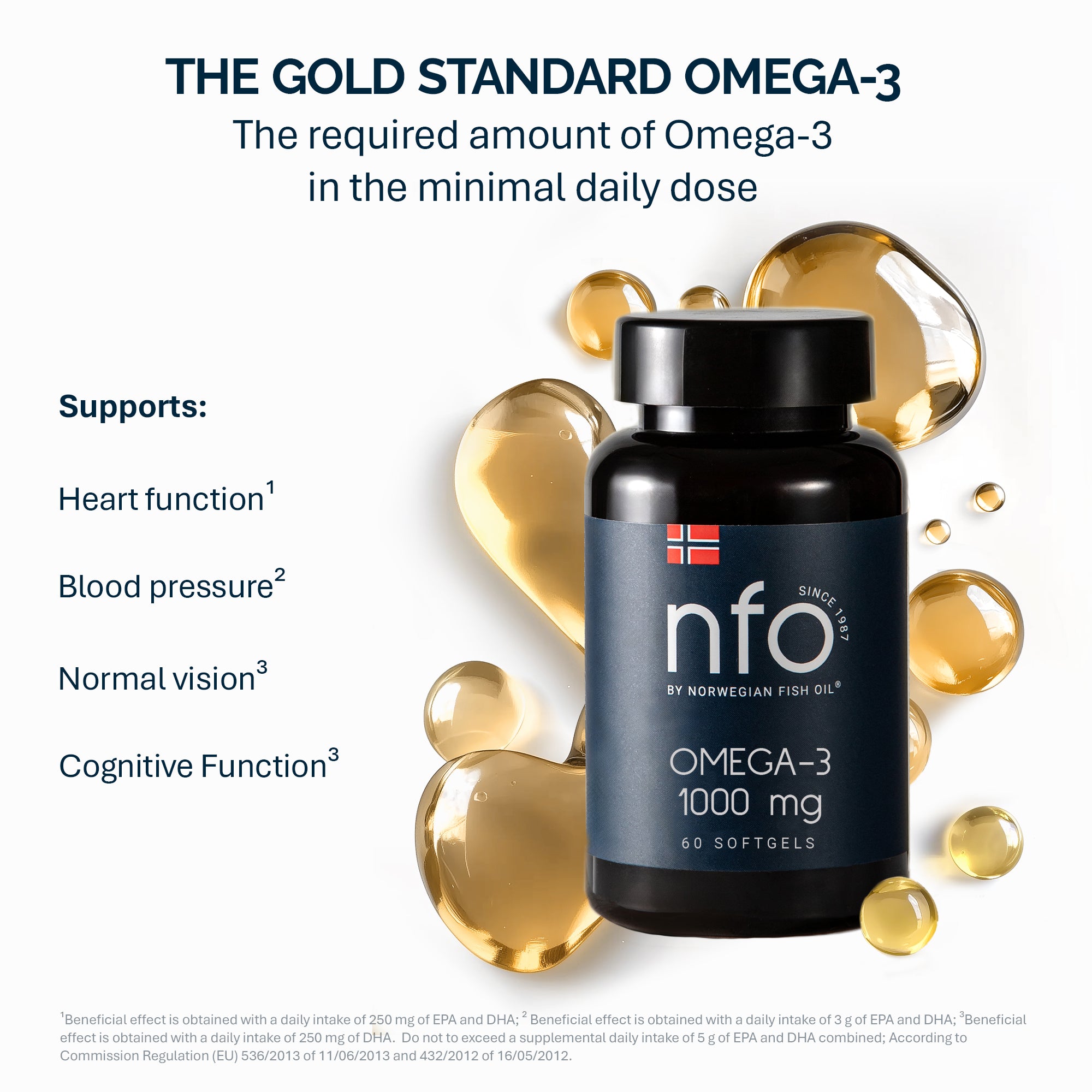The Omega‑3 Index is a simple blood test that measures the amount of two key omega‑3 fatty acids—EPA and DHA—in your red blood cell (RBC) membranes. In practice, the index is defined as the percentage of EPA+DHA out of total fatty acids in RBCs . Because RBC membranes turn over slowly (over months), the Omega‑3 Index reflects long-term intake of omega‑3s from diet and supplements. In many labs this is done via a standardized finger‑stick blood spot analysis. No one has ever been found with an Index below ~2%, suggesting a natural lower bound of EPA+DHA in humans. In general, the Index is reported as a percentage – for example, an Index of 6% means 6% of RBC fatty acids are EPA and DHA combined.
Measurement and Target Ranges
The Omega‑3 Index is measured in a lab (often from a mailed-in blood spot) using gas chromatography or similar methods. Typical values vary by population. In the U.S. and many Western countries, average Omega‑3 Index is only about 5–6%. By contrast, populations eating lots of oily fish (like Japanese or Inuits) often average above 8%. Research suggests a target range of 8–11% (EPA+DHA) is optimal for health. In this range people tend to have the lowest risk of heart disease and other problems. To put this in context, one large analysis found a mean of 6.06% ± 1.95% in typical adults, with very few above 8% and none below 2% .
Health experts often use simple risk categories based on the Index :
-
High risk (poor status): Index <4% – corresponds to high risk of cardiovascular disease.
-
Intermediate risk: Index 4–8% – modest omega-3 status.
-
Low risk (optimal): Index >8% – associated with lowest risk of heart events.
For example, one study of NCAA football players found 34% of athletes were in the “high-risk” (<4%) zone and 66% were in the 4–8% zone, with none above 8%. This shows even athletes often fall below the optimal target. Importantly, studies have shown that each percentage point of the Index relates to health outcomes: people in the 8–11% range have significantly fewer heart attacks, strokes and deaths than those in lower ranges.
In short, a higher Omega‑3 Index (ideally ≥8%) is linked with better health.
Why the omega‑3 index matters
A higher Omega-3 Index has broad health benefits. Key reasons it matters include:
-
Heart & Blood Health: EPA and DHA support healthy blood vessels and heart rhythm. People in the target 8–11% range have lower total mortality and far fewer major cardiac events than those at lower levels. Omega-3s reduce inflammation and blood clotting, and even help lower triglycerides. The American Heart Association notes omega-3 intake “reduces the risk of cardiovascular disease, blood clots, plaque buildup in our arteries”. In short, a higher Omega-3 Index means a healthier heart and circulation.
-
Brain & Cognitive Function: EPA and DHA are major components of brain cell membranes. A higher Index has been associated with better brain health, from improved memory and mood to slower cognitive decline. For example, studies show that complex brain functions (like memory and processing speed) correlate directly with the Omega‑3 Index. Targeting ≥8% is even being explored for brain health in pregnancy and aging.
-
Sports Performance & Recovery: Athletes may benefit too. Omega-3s have natural anti-inflammatory effects, which can speed muscle recovery after hard workouts. In one trial, male athletes taking 3 g/day of fish oil (EPA+DHA) reported significantly less muscle soreness and lower inflammatory markers after intense exercise than a placebo group. (Peak power was unchanged, but recovery was better.) Experts note omega-3s can “impact the health and performance of athletes in numerous ways, including…managing inflammation [and] enhancing muscle recovery” .
-
Other Wellness: Because omega-3s influence cell membranes and inflammation body-wide, a low Index may affect many systems (joint, immune, etc.). For example, it’s been proposed as a risk factor for sudden cardiac death and may affect conditions like diabetes or arthritis. Many nutritionists now consider the Index a simple overall “omega-3 status” biomarker – improving it is generally a good goal for wellness.
Use in Practice
Measuring the Omega-3 Index is already used in research and some clinical settings. For example, sports scientists and teams may test athletes’ blood to tailor diets and supplements. In the NCAA football study above, none of the players had reached the >8% low-risk level. This finding prompted teams to encourage more fish and even provide fish oil supplements. In fact, the NCAA now allows university teams to give players omega-3 supplements.
Outside sports, some wellness clinics and integrative doctors offer Omega-3 Index tests. Consumers can mail a fingerstick blood sample to labs (e.g. OmegaQuant) and get a personalized report. Nutritionists use this to screen for deficiencies and individualize recommendations. In one review, measuring the Index helped clinicians identify people with too-low omega-3 status and then track improvements when doses were increased. As one expert panel put it: measuring the Omega-3 Index “may be useful in screening … tailoring supplement recommendations and evaluating dose response”.
Tips to improve your omega‑3 index
If your Omega-3 Index is low, you can raise it through diet and supplements. Some tips:
-
Eat more fatty fish: Cold-water fish are the richest natural sources of EPA/DHA. Aim for 2–3 servings per week. For example, 85 g of cooked Atlantic salmon contains about 0.6 g of DHA and 0.4 g of EPA. Other good choices (with ~0.5–1.2 g total EPA+DHA per serving) include herring, sardines, anchovies, mackerel and trout. The American Heart Association recommends two 85-g servings of oily fish per week, each providing roughly 1–1.5 g of omega-3s .
-
Consider supplements: If you don’t eat enough fish, a daily fish oil or algae oil supplement can help. Reputable supplements typically list EPA and DHA amounts per capsule. Many experts suggest a combined 1–3 grams of EPA+DHA per day (from all sources) as a reasonable goal. For context, 3 grams/day is generally considered safe for most people. Start moderate (e.g. one 1g fish oil capsule daily) and adjust as needed. Fish oil pills and algae-based supplements have been shown to significantly raise the Omega-3 Index over weeks to months.
-
Include plant sources (for ALA): Nuts and seeds (walnuts, flaxseed, chia) are rich in alpha-linolenic acid (ALA), a plant omega-3. For example, 1 ounce of walnuts has ~2.6 g ALA . However, conversion of ALA to EPA/DHA in the body is limited. So plant sources alone usually won’t bring you to the optimal index range. Still, they add some omega-3 and are better than none, especially if you prefer a plant-based diet. Some vegetarians use algae-based DHA supplements to directly boost their index.
-
Get tested and track it: Because individual response varies, the most reliable way to know if you’ve improved is to test your Omega-3 Index again after a few months of changes. Tests are easy – usually a quick finger-prick at home. Tracking your score can motivate continued improvements.
-
Balance your fats: Reducing excessive omega-6 (common in processed foods and seed oils) may also help your omega-3 levels be more effective. Focus on whole foods (fish, vegetables, nuts) and limit highly processed snacks. Overall healthy eating (Mediterranean-style) tends to favor a better Omega-3 Index naturally.
Fish-oil capsules and algae-oil supplements are a convenient way to raise your EPA+DHA intake. Quality supplements typically provide 500–1000 mg of combined EPA+DHA per capsule. Nutrition experts often recommend about 1–3 grams of EPA+DHA per day (from supplements and diet combined) as a reasonable goal. This much omega-3 each day can meaningfully increase the Index over time, with minimal side effects. (For perspective, up to 3 g/day of fish oil is generally regarded as safe.)
-
Fatty fish: Salmon, mackerel, sardines, anchovies and similar “oily” fish. A single 3-oz (85 g) serving of salmon provides roughly 0.6 g DHA and 0.4 g EPA.
-
Supplements: Take a high-quality fish oil or algal-DHA supplement. Read labels – for example, one study’s capsules contained ~715 mg EPA + 286 mg DHA each, and 3 per day significantly reduced exercise soreness.
-
Nuts & seeds: Walnuts, flaxseed or chia seed (ALA sources). E.g. 1 oz walnut = 2.6 g ALA. (Remember ALA conversion is limited, so treat these as a supplement to EPA/DHA sources.)
-
Fortified foods: Some eggs, milks or juices are enriched with omega-3s (often DHA from algae). Check labels if you prefer those.
-
Limit excess omega-6 fats: Try to reduce intake of high–omega-6 oils (e.g. corn, soybean) and processed foods, which can crowd out omega-3s in tissues.
Finally, consider retesting your Omega-3 Index after 3–6 months of dietary changes. Labs will report your new percentage, so you can see the impact of your efforts. Aim for steady progress toward ≥8%, which numerous studies associate with peak heart and brain health .
References
-
Harris WS, von Schacky C. The Omega-3 Index: measurement, interpretation and clinical utility. Proc Nutr Soc. 2020;79(4):381–387.
-
von Schacky C et al. Omega-3 fatty acids in heart disease—why accurately measured levels matter. Neth Heart J. 2023;31:415–423.
-
Anzalone A et al. The Omega-3 Index in NCAA Division I Football Athletes. J Athl Train. 2019;54(1):7–11. (Publicly available via PubMed).
-
Ritz P, Rockwell M. Promoting Optimal Omega-3 Status in Athletes. Gatorade Sports Science Exchange No. 212, 2021.
-
U.S. NIH Office of Dietary Supplements, Omega-3 Fatty Acids Fact Sheet (Health Professionals), 2022.
-
Rittenhouse MA et al. Omega-3 Index improves after increased intake of foods… Nutr Res. 2023 Sep (US Service Academy cadets study).
-
Kyriakidou K et al. Effects of omega-3 supplementation on muscle soreness (as described in GSU News).
-
American Heart Association: Dietary omega-3 recommendations (via Byrdine F. Lewis College News).












